We recently interviewed Fedora user Eric Mesa on how he uses Fedora. This is part of a series here on the Fedora Magazine where we will profile Fedora users and how they use Fedora to get things done. If you are interested in being interviewed for a further installment of this series you can contact us on the feedback form.
Who are you, and what do you do?
My name’s Eric Mesa and I love Fedora. I manage programmers, but we’re a Windows shop, so that’s not important to this discussion. I am also a blogger and I write comic comic criticism. I am currently going through the approval process to join the Fedora Ambassadors team.
The reason I listed my involvement in the blogs has to do with how I came to be a Fedora user. Back in 2003 my parents wanted to start a new business and have an accompanying website. I did some research and found out that if I installed some thing called “Linux” onto a computer, I could run my own server. This was quite fascinating to me, I had no idea such a thing existed. So I figured I’d experiment by running my own website and blog before I created the server for their business. I went to the local Borders bookstore near my university and went to the computer section to figure out how to do this. Under the Linux section there was a Debian box with a book inside and a Fedora Core 1 book with DVDs/CDs at the back. Because I was able to look through the book for Fedora, I saw that it would show me how to set up a server, so I went with Fedora.
I’ve been involved with Fedora since then and for most of the time my blog has existed it’s either run on Fedora or CentOS. (I did eventually go to a VPS since most residential internet in the USA consider it a violation of terms of service to run a server.
As I learned about FLOSS I ended up slowly working towards getting another computer to use as a main computer. As both Fedora (and Linux in general) made strides towards better desktop use AND most of what we need to do on a daily basis moved to the web I’ve been able to make my Linux computer my main computer. I’d say that for about the last 5 or so years, my Linux computer has been my main computer. Some days I don’t even turn on my Windows computer – at this point it’s only used for gaming and, thanks to Valve’s Steam, maybe not for much longer.
What hardware do you use to get the job done?
I have lots of hardware, including lots of old laptops. For myself I use Fedora almost exclusively. My desktop is a custom build with the an AMD processor, 8 GB RAM, an nVidia graphics card, an a CD burner. I also have a 4 disk external enclosure attached via USB3. I have a dual monitor setup with a Samsung and a Viewsonic monitor.
My mouse is a $10 logitech with a click-scrollwheel and my keyboard is a simple PS/2 multimedia keyboard with play/skip/volume buttons. The keyboard is on a KVM so I can share it between my Windows and Linux computer. All my hardware works perfectly with Fedora. Because of gaming and because I used to be big into 3D animation, I use nVidia’s proprietary driver. This only ever causes problems for me during upgrades due to the way it wants to hang on to the older kernel. Usually it only adds a teensy bit of extra work.
I have an Acer Aspire One netbook that I bought for travel that runs Fedora. Everything works as of the last time I remember using any particular bit of tech (eg the webcam).
What software do you use?
Software is the biggest reason I love FLOSS and love Fedora. I love that the software is libre and it’s nice that it’s very often gratis. On both my desktop and netbook I’m running the latest Fedora (21 at this time). On my desktop I LOVE using KDE. Its use of Activities along with Virtual Desktops helps me to organize my work so perfectly.
The fact that I have a multi-monitor setup means that in many contexts I have one monitor in full use and the other one only gets used when I need to reference two things at once. So I’m able to make full use of KDE’s widgets which have evolved from SuperKaramba’s Conky-like functionality to very useful things folder views. For example, on my web desktop I have a folder view of my /home/user/Download folder so I can quickly access files I’ve just downloaded.
KDE also tends to have some pretty amazing software under its umbrella. I used to be a diehard Emacs user, but now I can’t see myself going away from using Kate. It has everything you could ever want – code folding, code highlighting, code completion, a folder view, a commandline interface. And if you’re doing something of a huge project, KDevelop uses the same Kate tech (something very Unix-like that KDE does well – reusing code) and then gives you all you need and expect from a high class IDE. I used Kate to develop my btrfs snapshot program. Speaking of commandlines, I truly love that with a simple press of F4 you can bring up a commandline in the Dolphin file manager. This lets me have the best of both worlds. I can do with a mouse the things that are easiest with a mouse (selecting multiple files that don’t have a regex pattern) and do the things that are easiest with text and scripts.
There’s no way I enjoy listening to my music more than to use Amarok 2. I use KDEnlive to create videos – it’s one of the best medium-level non-linear video editors I’ve come across in the FLOSS world. Digikam is more or less just as good as Adobe Lightroom for image management. If I wasn’t already so entrenched in Lightroom, I’d definitely be using it. (My wife uses digikam for her photos).
What else do I use on a regular basis? Well, I use Calibre to organize my ebook and convert everything to the open EPUB standard. For my comic criticism website I use qComicBook and Okular to read the advanced review copies I get from the companies.
Finally, I want to mention two stellar KDE web technologies that are invaluable to me. First is ktorrent. Despite what the media companies would have you believe, there are so many legitimate reasons to use torrents. I always get my Linux ISOs that way to help reduce strain on the official servers. I also use it whenever I buy ebooks or comics from Humble Bundle. What makes ktorrent awesome is that I was able to create categories that have destination folders associated with them.
When I get a Linux ISO, it automatically goes to my ISO folder. Comics to to the comics folder, etc. It saves me a lot of headache.
Similarly useful is the second bit of KDE net technology – KGet. You may think that download managers are unimportant when Firefox and Chrome have them built in. Gone are the days of being unable to pause and resume downloads unless you used a download manager. But KGet works exactly like ktorrent in that I can setup groups to dictate where files download to. It’s very convenient. Even more-so is the ability to feed it a list of URLs and have it automatically grab them. The only thing that seems to keep KGet from being the most awesome thing ever is that certain websites do weird tricks (I guess to control access to downloads?) that make it feed the wrong URL to KGet at times. In those circumstances I have no choice but to use Firefox or Chrome’s download managers.
I would love to use KDE’s netbook interface on my netbook, but unfortunately the hardware within is too ancient to run KDE. So I use my second favorite desktop environment: Xfce. I don’t have any special customizations because the screen resolution is so low, there’s not much I can do on there that wouldn’t take up valuable space. I already use fullscreen mode in Firefox or any other applications I run on there (to get back taskbar real estate). Still, it’s great to have Fedora technology with me when I am on vacation or a business trip. I find it useful enough to carry in addition to a tablet or ereader rather than being replaced by them.












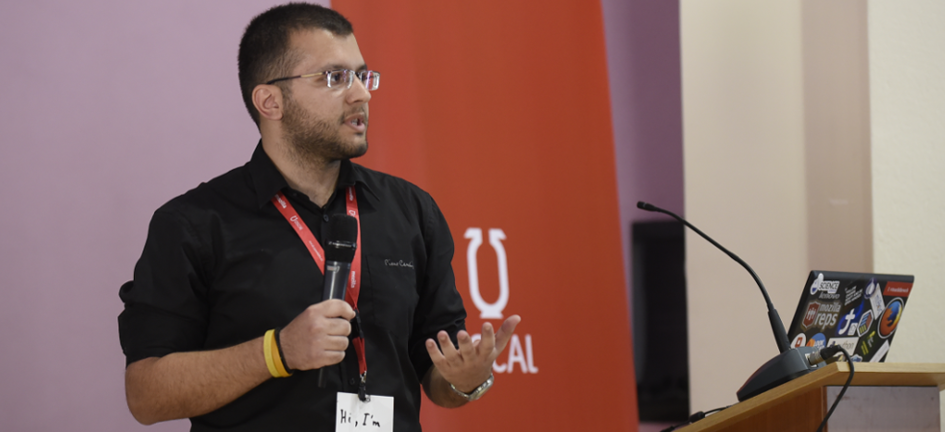



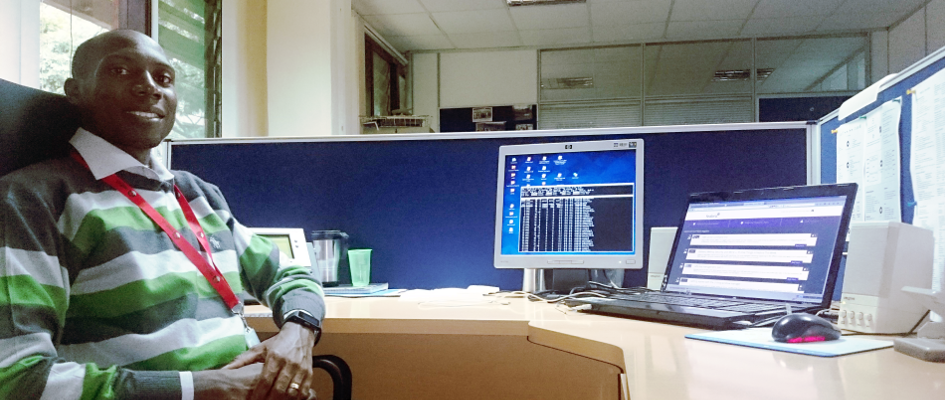



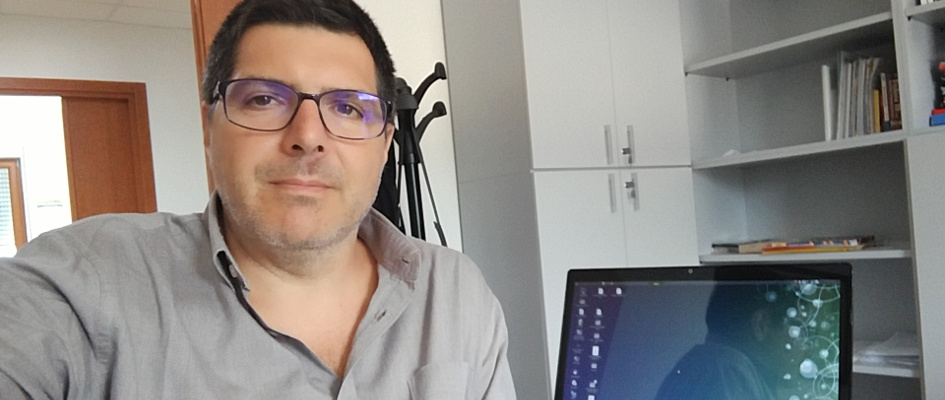





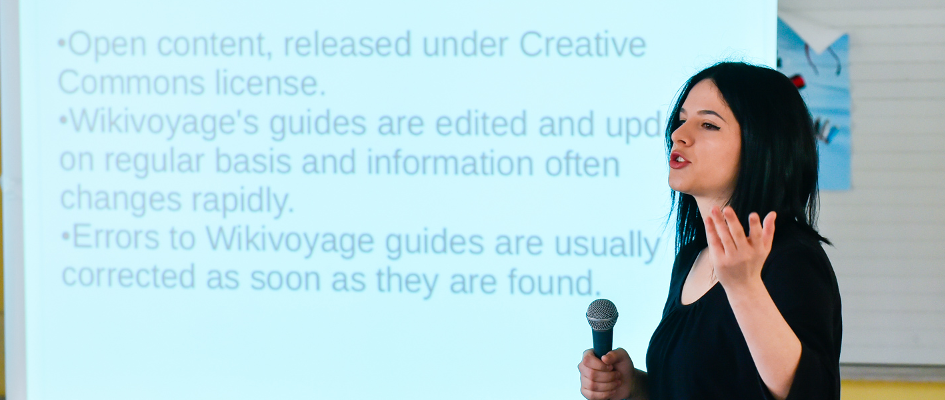

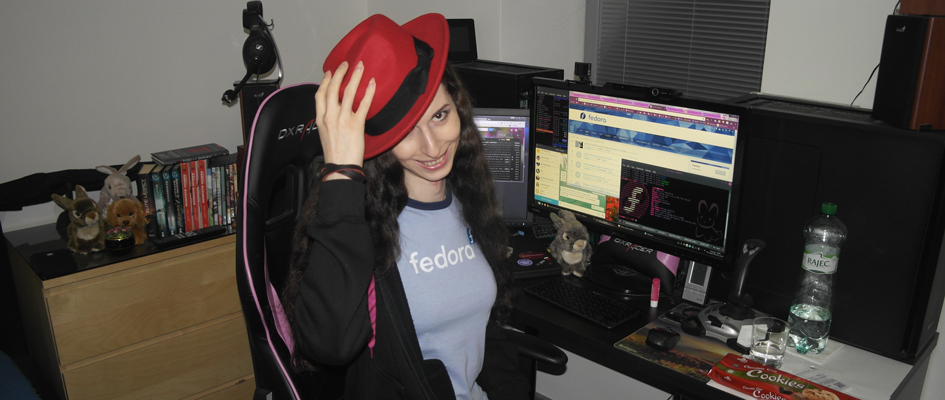
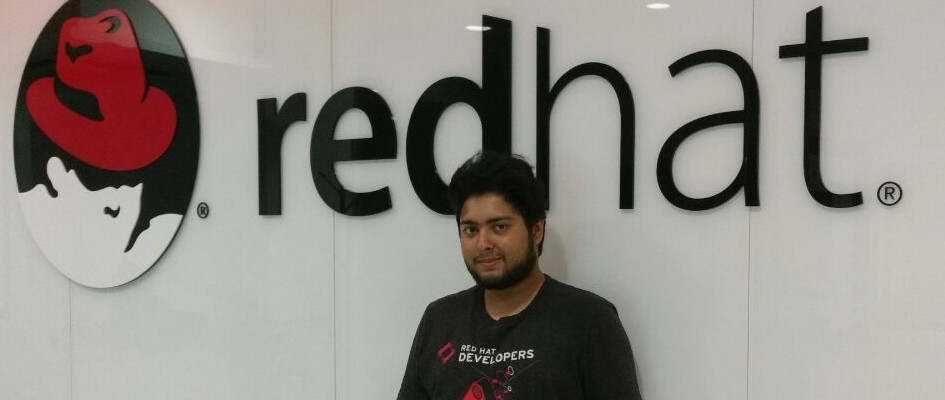
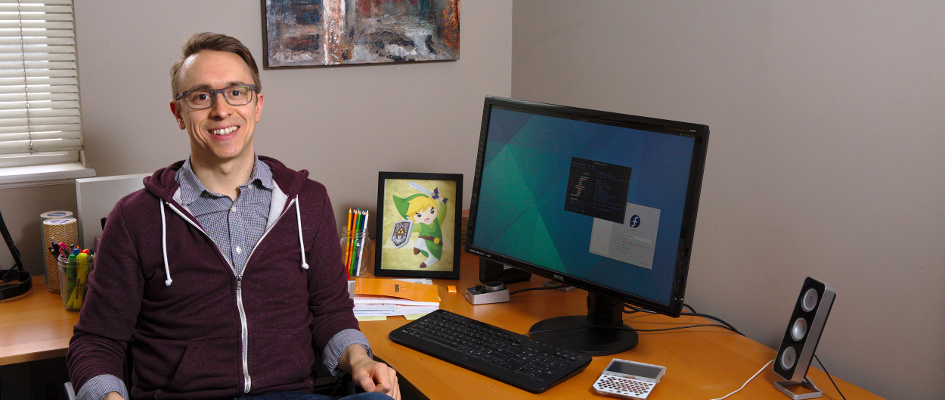
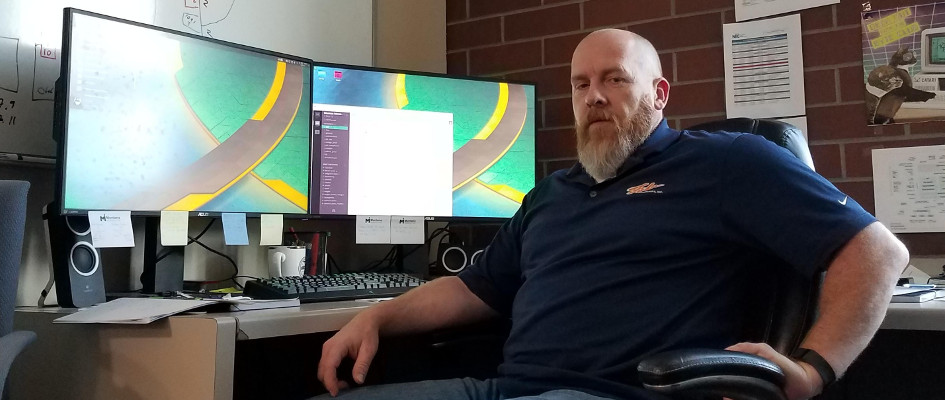





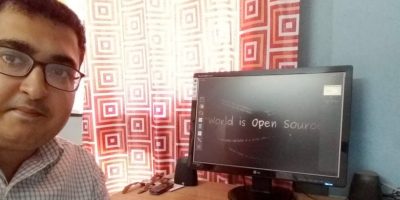




Sudhir Khanger
You have an absolutely awesome setup. My setup is a lot like yours in sense every software I use either starts with small q or big K. KDE has a huge catalogue of rich software that gets overlooked easily due to historical reasons but that is about to change with KDE frameworks.
Eric Mesa
@Sudhir – I agree. I have KDE 5 installed on my guest computer and I can’t wait until it lands in Fedora. I’m glad it’s not there yet, there are still a few things here and there that aren’t up to snuff, but I’m hoping by the time I upgrade to F22 that KDE5 will be ready.
jos
I love Fedora, I am a long time user. I know that there are many people out-there just like me.
Randy Yates
Thanks for the article, Eric. You have some interesting uses I may check into.
–Randy (since FC3 / 2006)